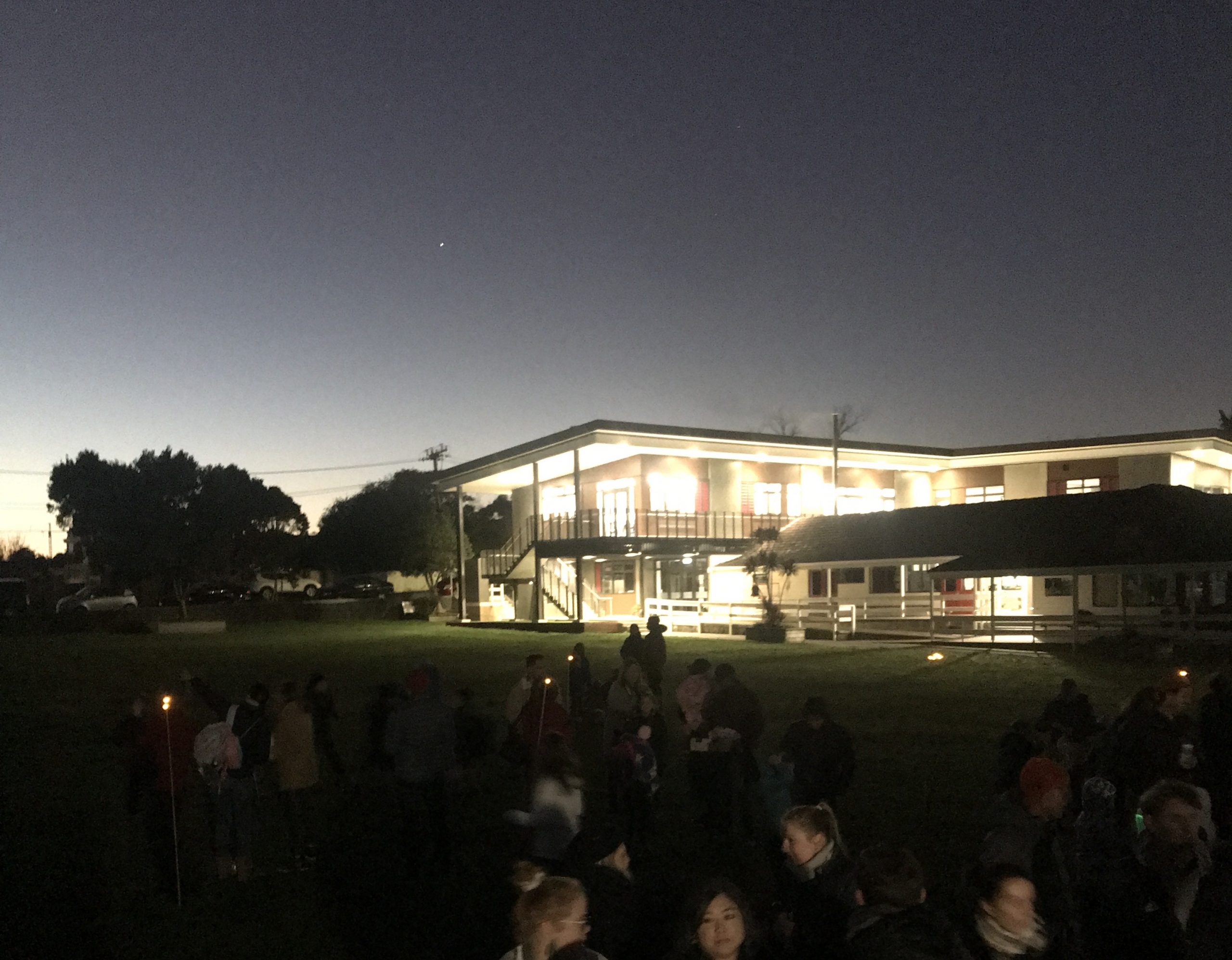Podcast: Play in new window | Download | Embed
Yesterday morning I joined a number of figures rugged up in puffer jackets at my son’s school for an early morning Matariki celebration. I’ve been enjoying the steady growth in appreciation of festivals from around the world, but particularly in the recognition of indigenous and geographically appropriate rituals.
I’ve heard it said that some of the original English cottages built in Australia were built using the same plans from houses built back in England and that they even faced the same way. That is, North was treated as North. I don’t know if this is entirely true, but it makes a good story. And based on how ridiculous some early settlers looked in their three-piece suits and elaborate frocks standing among native bush or newly cleared farmland, it’s not hard to believe that a certain arrogance would blind our European ancestors to such simple geographic and seasonal realities of their new homeland.
Face the Equator
Like many established protocols and ‘norms’ using the North Pole as a reference point doesn’t make much sense when you think about design. The equator would be a much better global reference.
We’d like to think that we’re slightly wiser these days and orientate our building towards the equator. Here in the southern hemisphere, the north face slopes are usually more desirable for capturing the sun. In the Northern Hemisphere, the opposite is true and good ‘solar design’ is predicated on south-facing windows.
Matariki
I’m very much in favour of the steady growth in interest of this Māori New Year festival. It’s a unique recognition of an indigenous celebration that’s geographically appropriate. This puts Matariki in stark contrast to all our other annual festivals.
My children are probably getting bored of their grumpy Dad who has a bit of rant every Easter and Halloween. Even Christmas time gets a bit of a grumbling commentary of seasonal mismatch. Similar to a house that’s misaligned 180 degrees, northern hemisphere festivals don’t make much sense when they’re six months out of sync.
Matariki is a festival that makes sense for New Zealand. It feels good to respect and learn from the wisdom of those who have inhabited this place for generations.
Location Appropriate Architecture
What does this have to do with architecture?
I’d like to think there is a similar trend occurring in the design and construction of our southern hemisphere buildings. In Australia, outdoor lounge rooms complete with ceiling fans but perhaps missing one or two solid walls and instead adorned with ample shading, have become a common design feature. Here in New Zealand, some of our designers are also getting creative about incorporating external shading into their location appropriate buildings.
It may have taken us 200 years, but we’re creating our own vernacular; our own geographically appropriate culture of design.
Christmas in the Southern Hemisphere
We don’t have to start from scratch. We still like Christmas, but a BBQ at the beach with salads and a Pavlova is more acceptable these days than a full roast with pudding followed by mulled wine around the fire.
It’s exciting to see our design culture adapt to our geography. We’re continually taking ideas and knowledge from Europe and North America. We can also bring ideas and experience from those who best know the places where we live.
New Chapter
Like many traditional winter festivals, Matariki is a great time to reset. It is after all, the Māori new year.
The formal recognition of Matariki in the New Zealand calendar has set a great precedent for how we can create a new cultural norm. The same can be true for southern hemisphere architecture.
Let’s not cancel Christmas, let’s just reorient it a bit.
